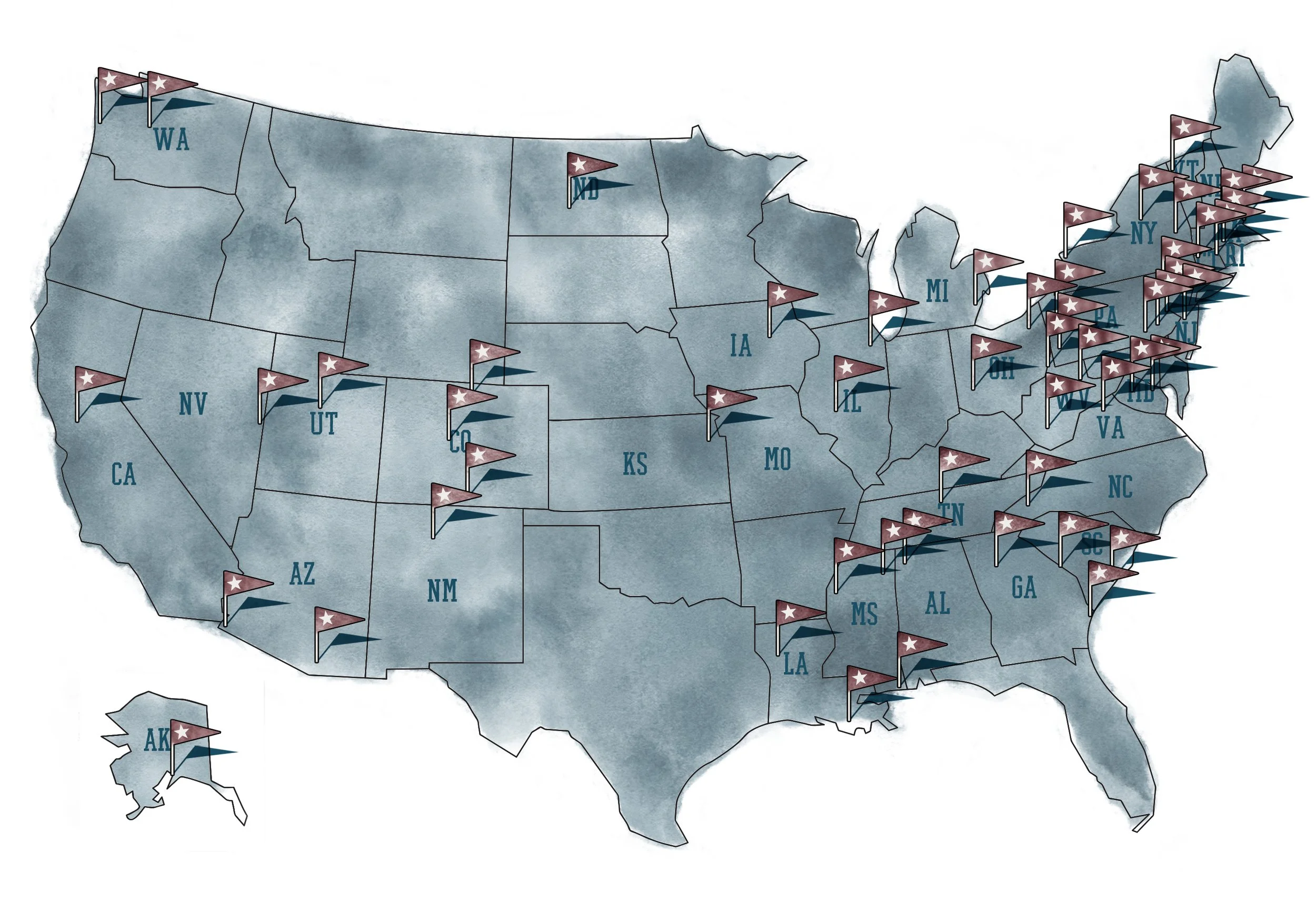
The Alabama Black Belt National Heritage Area was designated on January 5, 2023, as part of the National Heritage Area Act of 2022, which created the National Heritage Area System under the National Park Service.
This act recognizes the Alabama Black Belt as a preservation and interpretation priority for its nationally significant historical, cultural, and biological diversity. ARDN is thankful to Congresswoman Terri Sewell for sponsoring this bill and the Center for the Study of the Black Belt at the University of West Alabama for spearheading this effort. We look forward to all of the great opportunities to come!
What is the Alabama Black Belt?
The Black Belt encompasses just 1,000 square miles in Alabama, yet events and resources here have indelibly shaped our entire nation.
The Black Belt region of Alabama and the rivers that flow through it represent one of North America's great centers of biological and cultural diversity. The region embraces the centers of forest and aquatic biodiversity in the United States, and its famously rich soils and landscapes have had a profound impact on the culture, history, and politics of this country.
Alabama Black Belt's boundary has been defined by as many as 24 counties; however, the Alabama Black Belt Heritage Task Force, established in 2006, felt self-identification on the part of the citizens was important to justifying the Black Belt's boundaries, thus empowering the region's citizens to identify focal points of connection within the region.
The Alabama National Black Belt Heritage Area's boundary includes 19 self-identified counties: Pickens, Greene, Sumter, Choctaw, Washington, Clarke, Marengo, Hale, Bibb, Perry, Dallas, Wilcox, Monroe, Conecuh, Butler, Lowndes, Montgomery, Macon, and Bullock.
What is a National Heritage Area?
Designated by Congress, National Heritage Areas are places where a combination of natural, cultural, historic, and recreational resources have shaped a cohesive, nationally distinctive landscape. Unlike national parks, National Heritage Areas are large lived-in landscapes. Consequently, National Heritage Areas collaborate with communities to determine how to make heritage relevant to local interests and needs. As a result, National Heritage Areas seek short- and long-term solutions to conservation and development challenges by fostering relationships among regional stakeholders and encourage them to work collaboratively to achieve shared goals.
How will designation help Alabama?
Designated by Congress, National Heritage Areas are places where a combination of natural, cultural, historic, and recreational resources have shaped a cohesive, nationally distinctive landscape. Unlike national parks, National Heritage Areas are large lived-in landscapes. Consequently, National Heritage Areas collaborate with communities to determine how to make heritage relevant to local interests and needs. As a result, National Heritage Areas seek short- and long-term solutions to conservation and development challenges by fostering relationships among regional stakeholders and encourage them to work collaboratively to achieve shared goals.
Join Us
Would you like to stay in the loop? Sign up below to join a mailing list for the Alabama Black Belt National Heritage.




